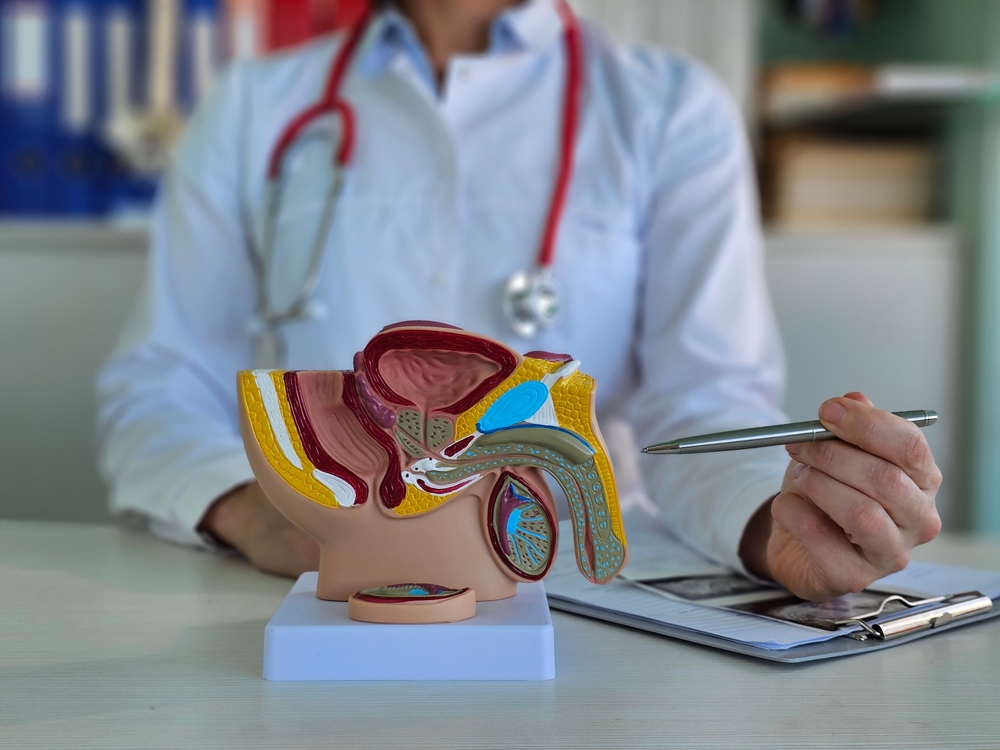Prostate arterial embolization is an innovative treatment for benign prostatic hyperplasia or BPH. This condition is a non-cancerous swelling of the prostate gland that occurs in men beyond the age of 40. As men get older, the condition becomes more prominent, with 90% of men having this condition once they reach 80 years. Previous methods of treating BPH involved a surgical approach that cut into the gland. PAE provides an alternative to this approach that limits the damage to the prostate gland.
What PAE Is, And What To Expect During The Procedure
Prostate arterial embolization involves the use of catheters to deliver plastic particles into the arteries of the prostate. These particles are placed in the areas where the prostate is most enlarged, cutting off blood flow. Depriving these problem areas of oxygenated blood causes the prostate to shrink. The procedure is routine and can require up to three hours to complete in complex cases.
The following steps are part of undergoing the PAE procedure.
- A catheter with a balloon at one end is inserted into the urethra and threaded up into the bladder. This catheter is used as a point of reference for nearby anatomy.
- The PAE procedure is performed via a small catheter inserted into an artery in the groin or wrist. The catheter is then guided to the vessels supplying blood to your prostate.
- A dye is injected into your veins as part of an arteriogram. The dye makes your blood vessels visible to x-rays, so a map can be made for the procedure.
- Once the catheter is in place, small plastic microspheres are injected into the catheter. These particles block the blood supply to the target area by causing an intentional embolism.
- If necessary, the procedure will be repeated on the opposite side.
The equipment will be removed at this point, and the insertion points cared for. Within two to three weeks, you should begin to experience some shrinking of the prostate. As a result, your symptoms should begin to improve.
Those who are good candidates for undergoing PAE are those who are not interested in traditional surgery or are otherwise ineligible. Some considerations to determine eligibility will include the severity of your symptoms, what symptoms you’re experiencing, and the degree to which they impact your quality of life.
What is Recovery From PAE Like?
Prostate arterial embolization is a procedure with limited side effects that is well-tolerated by most patients. Those who experience side effects from the procedure report them as being minor and lasting only a few days. Common side effects include:
- Low-grade fever
- Mild pelvic cramping
- Fatigue
- Increase in need to urinate, blood in the urine, and burning with urination.
You will be provided with medication before the procedure to reduce the risk of urine blockages, discomfort, and infection. You will also receive this same medication to take following the procedure. You should avoid activities that may directly traumatize the picture site within the first few days. Aerobic exercise and heavy lifting are prohibited. Otherwise, you should be able to return to normal activities within a few days of the procedure.













